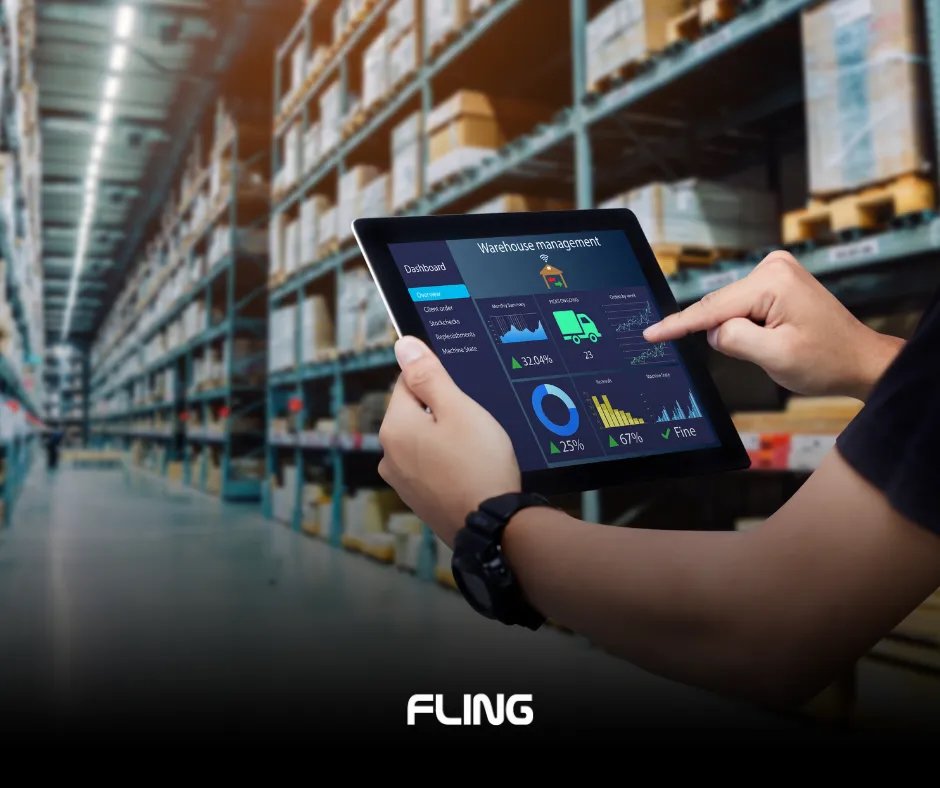
Revolutionize your warehouse
inventory process
with drones and AI.
3 Simple Reasons Why You Should Automate Your Warehouse
The warehousing landscape is undergoing a transformative shift with the integration of cutting-edge technology, equipment, and solutions. Warehouse operators are leveraging automation technologies such as goods-to-person systems, automatic guided vehicles, warehouse drones, and sortation systems to enhance efficiency, streamline processes, and bolster safety measures.
The global warehouse automation market is poised to reach a value of $51 billion by 2030, propelled by the imperative shift from considering warehouse automation as a “nice to have” to a “must have”. Notably, an insightful 2021 McKinsey survey revealed that 80% of respondents plan to increase their automation spending in the next two to three years.
Here are three reasons why you should automate your warehouse:
1. Increased Efficiency:
Efficiency in warehousing involves simplifying operations and ensuring high-value inventory is strategically placed. Automation facilitates the collection and swift delivery of accurate, actionable data, mitigating issues associated with inaccurate reporting. By automating repetitive tasks like picking and stacking, warehouses enhance overall efficiency, while software and AI identify operational inefficiencies, enabling prompt adjustments.
2. Improved Safety:
Warehouse automation significantly enhances worker safety by delegating physically demanding and hazardous tasks to machines. Technologies capable of tasks like inventory counting at heights reduce risks to human operators. Automation not only minimizes the chances of employee injuries and repetitive strain issues but also mitigates reputational damage, legal repercussions, and operational disruptions resulting from incidents.
3. Lower Equipment Costs:
While the initial cost of warehouse automation may seem daunting, it proves to be a prudent long-term investment. Automation enables the gradual phasing out of older, costly machinery. This technology replaces manual equipment in various warehouse areas, including production lines, inventory management, and packaging, while requiring significantly less human oversight. Ultimately, this results in lower equipment costs and faster return on investment.
Embracing warehouse automation not only aligns with industry trends but also addresses critical operational challenges, positioning warehouses for greater efficiency, safety, and long-term cost savings.
To learn more about the impact of drones and AI technology in warehouse inventory management call Trackz today.
The Impact of Drones and AI in Warehouse Sustainability
Sustainability plays a pivotal role in the overall efficiency of businesses within the supply chain, with a particular focus on warehouses. In recent years, there has been a surge in investments towards incorporating new technologies and eco-friendly materials that aim to reduce energy consumption and emissions. This surge has driven the adoption of greener practices within facilities, encouraging the implementation of initiatives geared towards minimizing waste and enhancing operational efficiency.
Within the retail supply chain, the pursuit of sustainable practices involves all stakeholders and begins at the inception of the supply chain. An area that demands attention is the reduction of energy consumption within warehouses, where traditional equipment, such as material handling machinery, often proves to be energy-intensive. Batteries powering these machines degrade over time, requiring frequent charging, leading to increased energy usage and decreased operational uptime.
A contrasting example is the rising use of drones for tasks like cycle counting and inventory management. Advanced solutions, like Fling.AI’s inventory tracking system, employ drones. Switching to such energy-efficient technology can result in substantial cost savings, ranging from thousands to tens of thousands of dollars annually for warehouse operators. Additionally, the space efficiency of drones, which can be maneuvered on small carts and tucked away when not in use, offers a valuable advantage in a time when warehouse capacity is at a premium.
The adoption of energy-efficient warehousing equipment not only yields substantial cost and space savings but also significantly reduces the carbon footprint of facilities. Warehouses, known for their high energy demands in 24/7 operations, can benefit from automation technologies like drones, which demonstrate considerably lower energy consumption compared to conventional fork trucks and man-up pickers.



